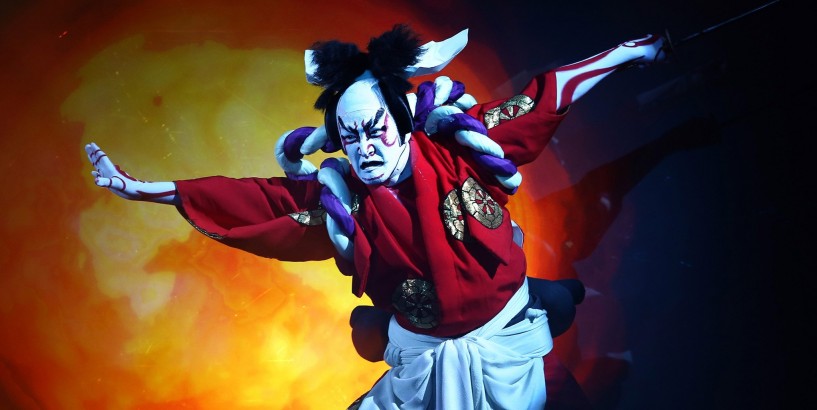W ith roots in early 17th century Japan, the traditional form of Japanese theatre know as kabuki has been entertaining audiences for hundreds of years. Now, thanks to embracing new technology, this mainstay of Japanese culture is reaching a more global audience. However, for all the forward steps, women are still banned from performing in kabuki on the bigger stages.In early forms of kabuki, theatres would have all-female performances known as “onna kabuki” and all-male ones known as “yaro kabuki”.For monthOften onnagata and male actors specialising in adolescent female roles, known as wakashu, were the object of the fans’ attention and as a result many of these actors, male and female, would become prostitutes.Prostitution around kabuki would be the norm until 1629, when women were banned from performing in a bid to curb the practice and the violence their patrons would inflict. This change was ultimately unsuccessful, however, as onnagata’s male counterparts were also perused by the customers of kabuki and so young men were also prohibited from performing.Many performers are descended from prestigious acting families and learn the craft at a very young age. For those looking to learn kabuki, the only way you used to be able to do this was to be from within one of these family groups.
© 2024, Copyrights gulftimes.com. All Rights Reserved









